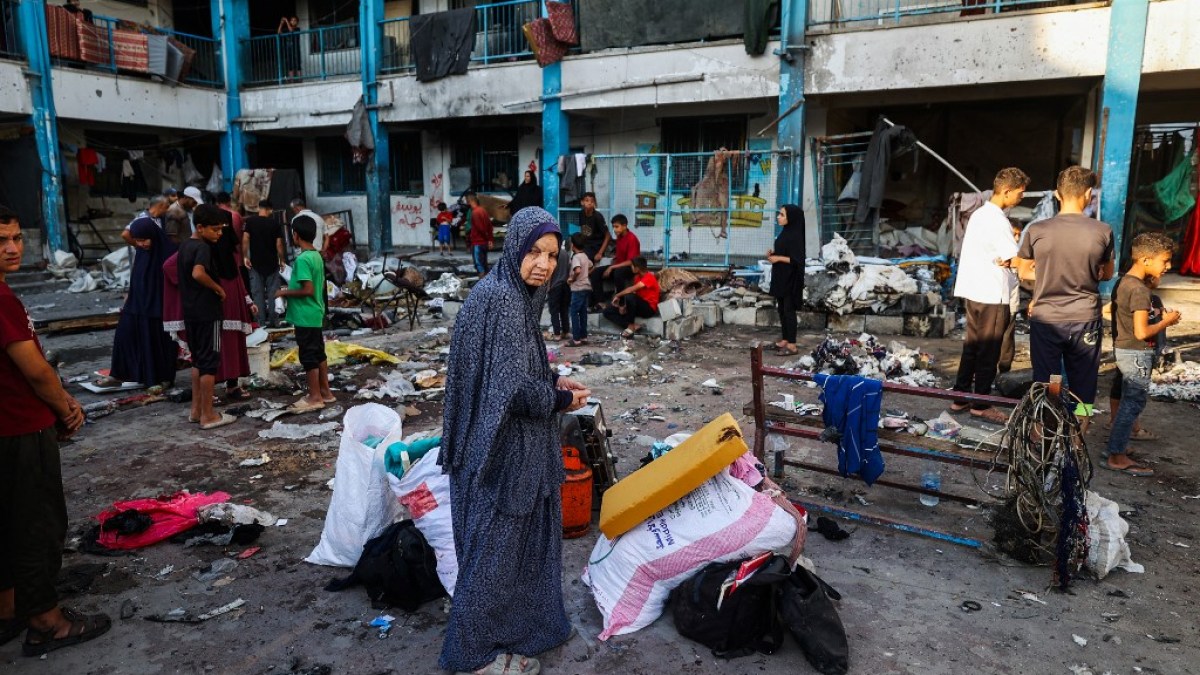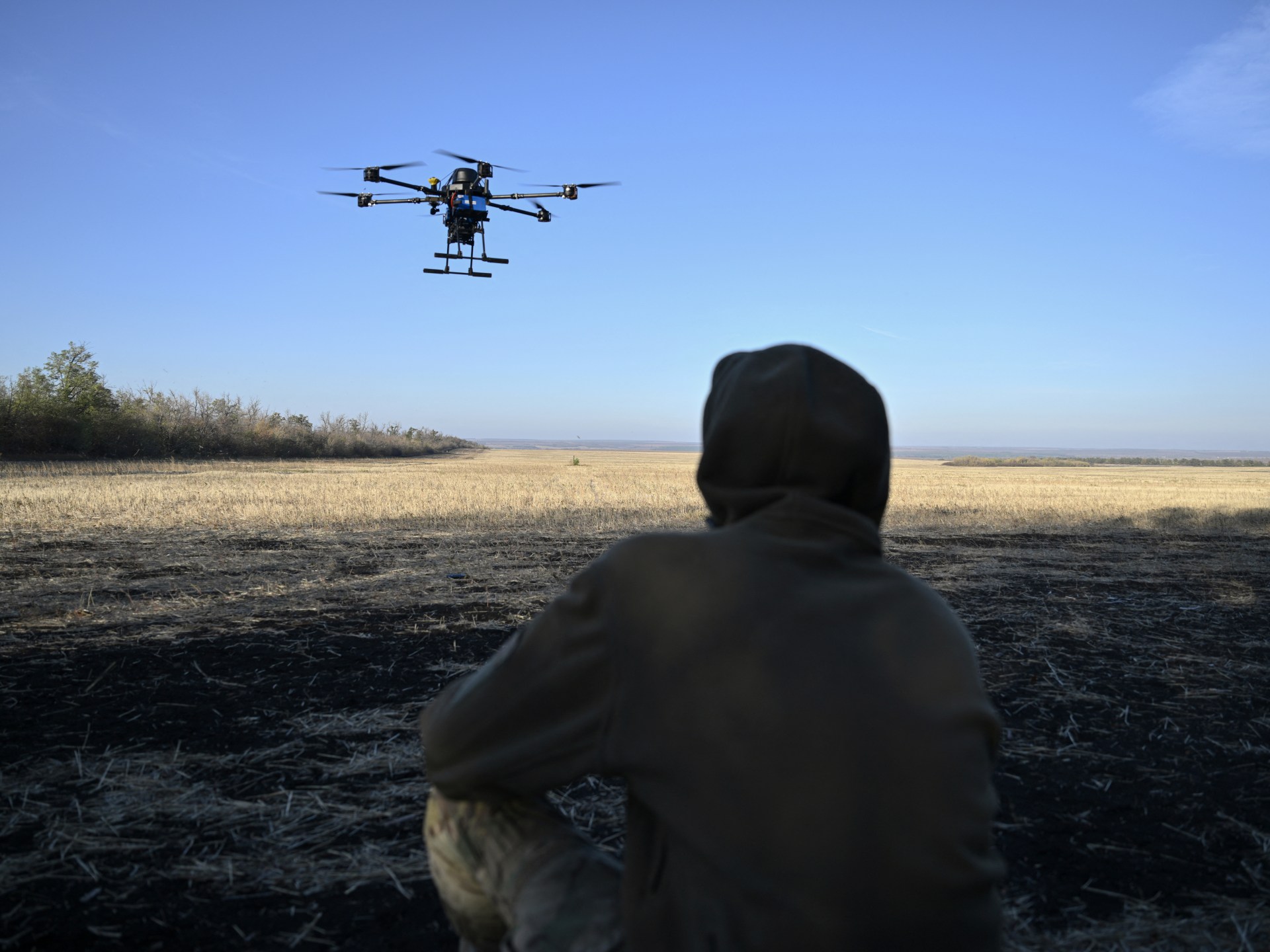US-made bombs used in deadly Israeli strikes on Gaza schools, HRW says | Israel-Palestine conflict News
Human Rights Watch says US arms were used in ‘unlawful indiscriminate’ Israeli attacks that killed Palestinian civilians.
Israel has used US-made bombs in “unlawful attacks” on schools sheltering displaced civilians in Gaza, Human Rights Watch (HRW) has said.
In a report released Thursday, HRW said Israel had carried out hundreds of strikes on schools since the start of its war on Gaza in October 2023, including “unlawfully indiscriminate attacks” using US munitions, which violated international law.
In its report, HRW investigated two incidents in 2024 in which it found that GBU-39 Small Diameter Bombs supplied by the United States were used. One attack on the Khadija girls’ school in Deir el-Balah on July 27, 2024, killed at least 15 people, and another attack on the Zeitoun C school in Gaza City on September 21, 2024, left at least 34 dead.
Israeli authorities have not publicly shared information relating to the attacks. Israel has often said that its attacks on schools were targeting Hamas fighters. It has provided no evidence to indicate the presence of military targets at the sites of the attacks documented by the rights group.
In both attacks, HRW and that there was no evidence of a military presence at the schools on the days of the attacks.
The rights group also warned that recent Israeli attacks on schools sheltering displaced people were worsening the dire humanitarian situation in the territory.
HRW said that from July 1-10, 2025, Israeli forces struck at least 10 schools where displaced people were sheltering, killing 59 people and displacing dozens of families, according to the UN Office for the Coordination of Humanitarian Affairs (OCHA).
The group emphasised that schools used to house civilians remain protected under international law unless used for military purposes.
The rights group called for an immediate halt to arms transfers to Israel, warning of potential complicity by governments providing military support.
“These strikes on schools sheltering displaced families are just one window into the carnage in Gaza,” said Gerry Simpson, associate director at HRW. “Other governments should not tolerate this horrendous slaughter of Palestinian civilians merely seeking safety.”
It also urged states to uphold their obligations under international law, including the Genocide Convention.
“Governments supporting Israel militarily can’t say they didn’t know what their weapons are being used for,” said Simpson.
According to the United Nations, nearly 1 million displaced Palestinians have taken shelter in Gaza’s schools since October 2023.
HRW said the repeated targeting of civilian infrastructure, including shelters, hospitals and schools, showed a pattern of attacks that may amount to war crimes.
HRW noted that nearly all of Gaza’s 564 schools have sustained damage, with 92 percent requiring full reconstruction or major repairs.
The UN has reported that at least 836 people sheltering in schools have been killed.


